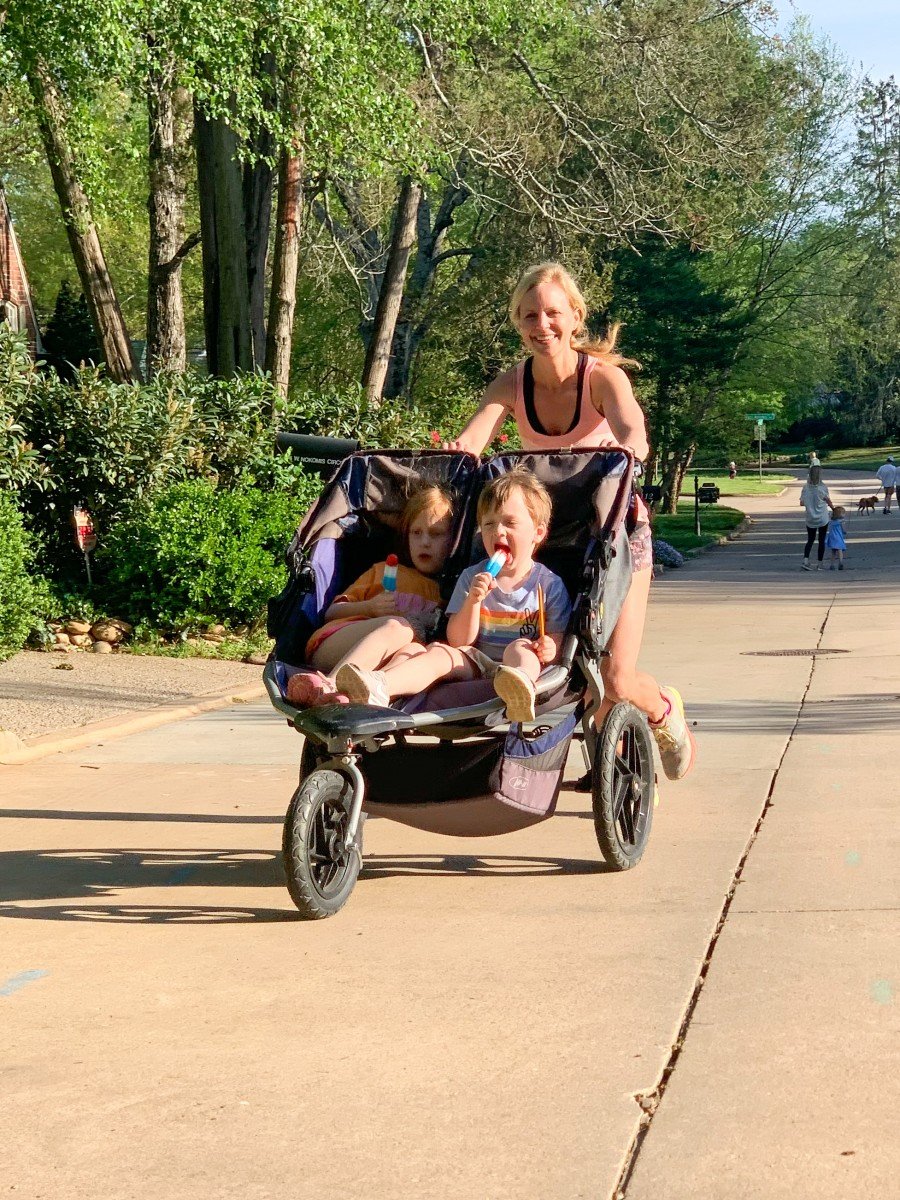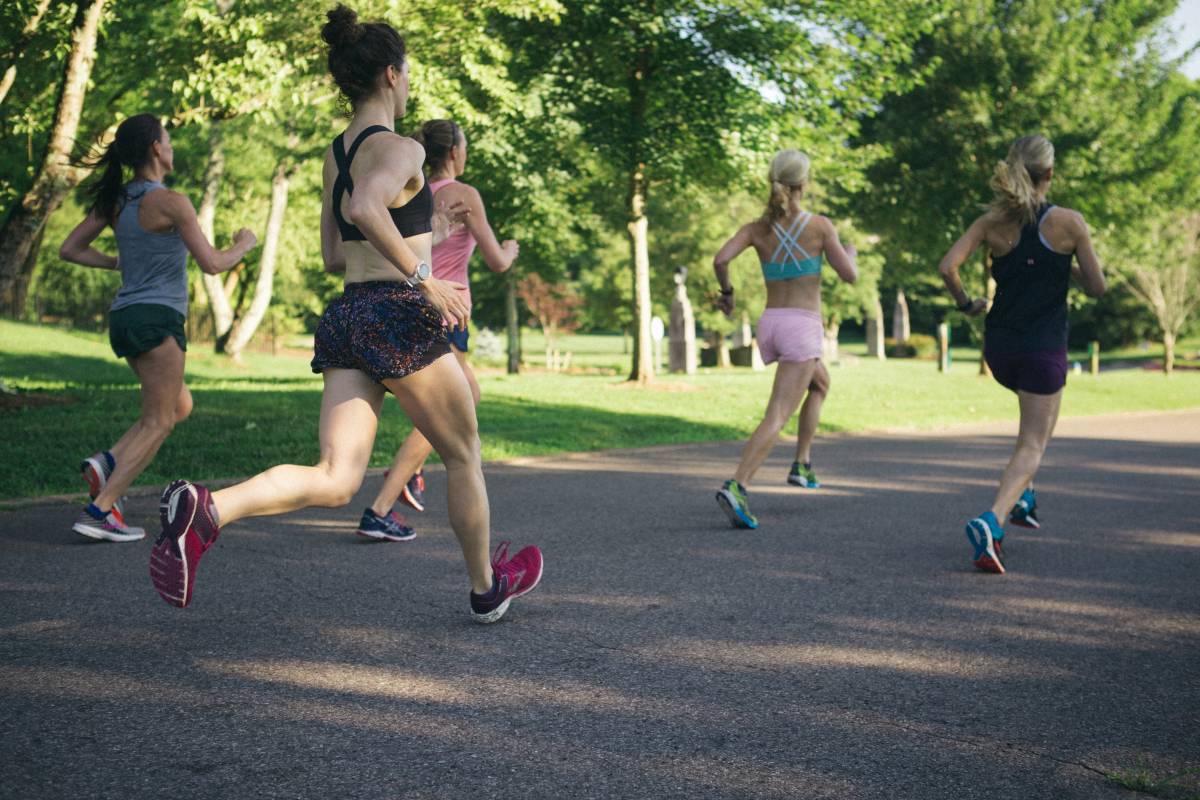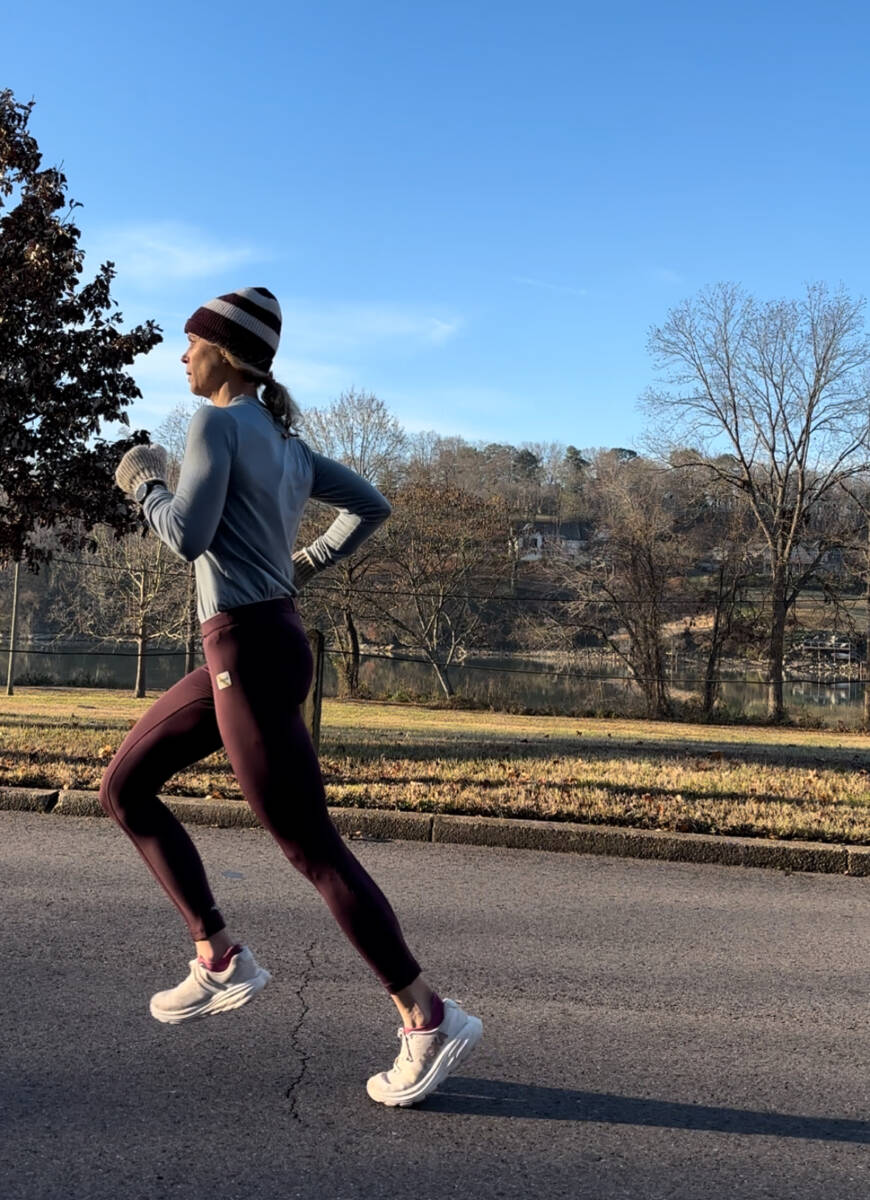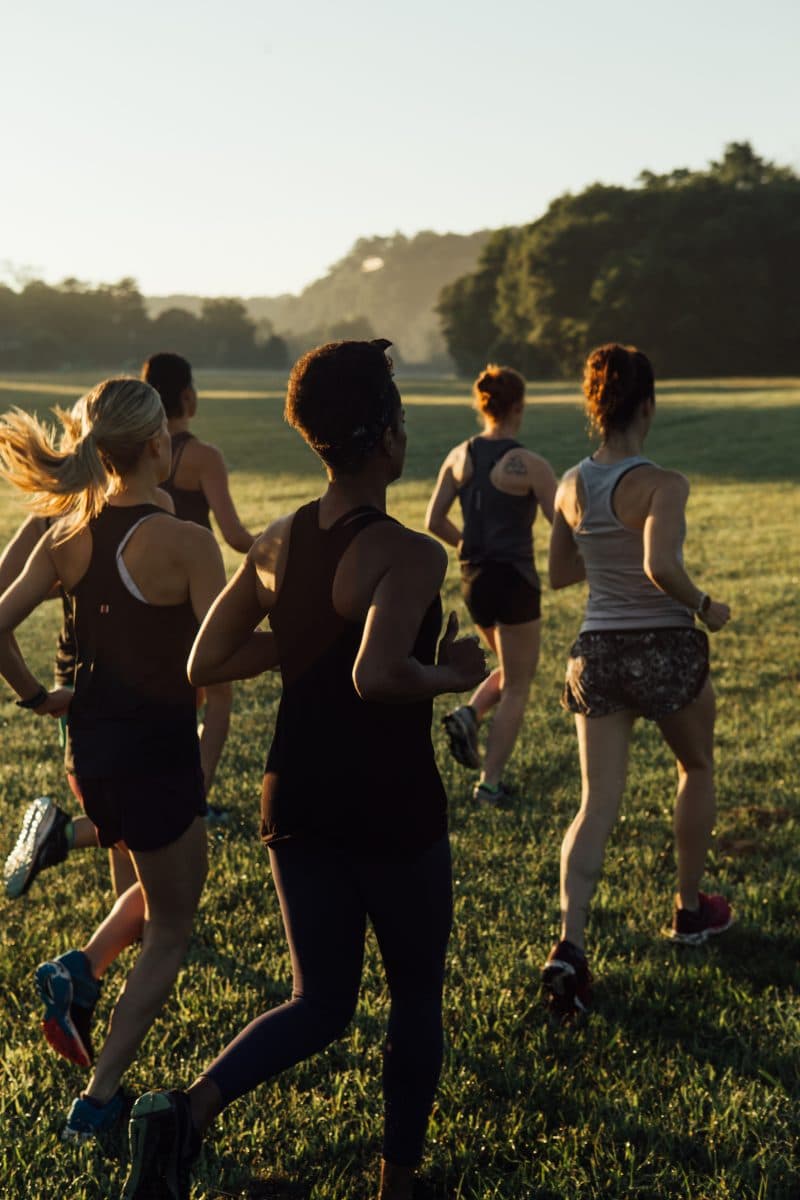Top Running Drills for Speed
Running drills like A skips and bounds can do an amazing job at improving your brain/body connection. This can make your body move more efficiently when you run, improving your speed and endurance. I am sharing my top running drills for speed below.
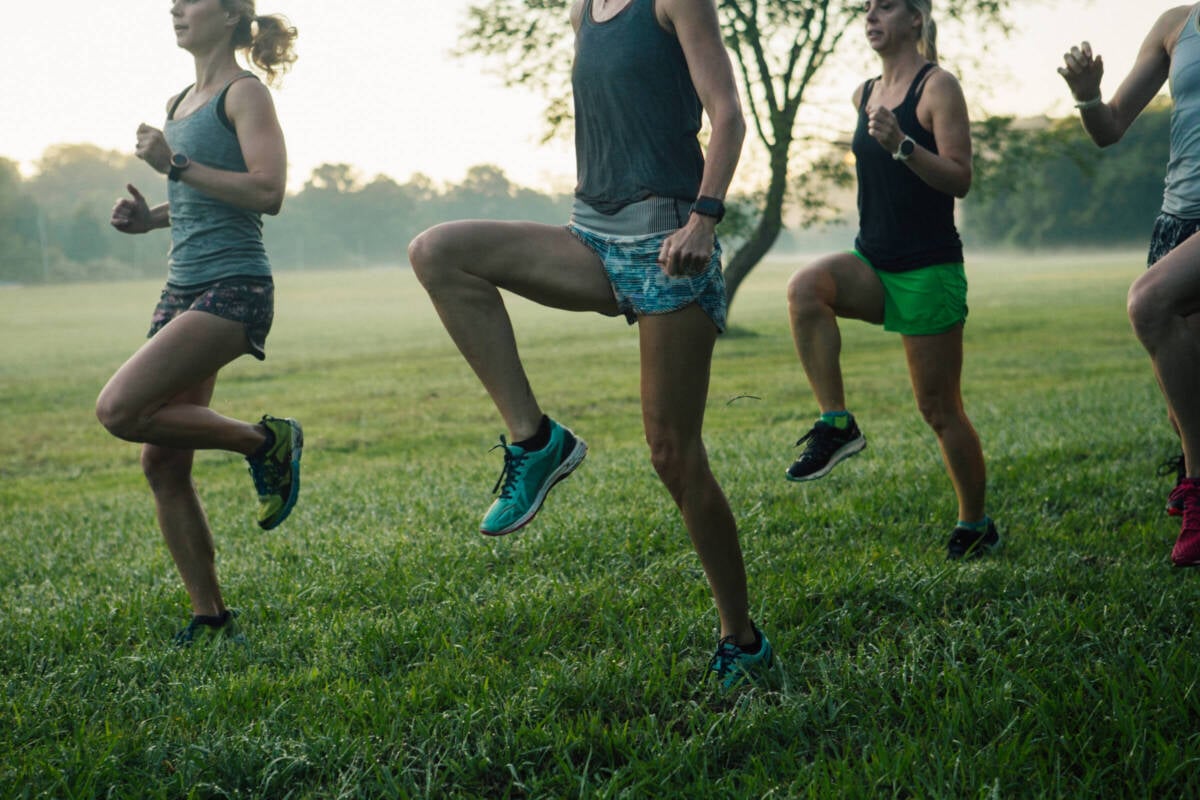
I made running drills for speed a part of my running routine in 2019 when I was trying to qualify for the Olympic Trials marathon with a 2:45 time. Taking a few minutes to do these running drills before my workouts not only helped me warm-up better because they double as mobility drills–they also improved my efficiency. It only took a few weeks for me to notice that my movement was more coordinated and force in my stride more powerful. Doing this technical work takes focus, high frequency, and consistent practice. But I promise you will notice over time improved coordination and power in your stride.
Table of contents
What are the top running drills for speed?
Below are the best speed running drills to make you a better runner. Add them to your training plan for after easy runs or before speed workouts or races. Do each drill for 20 yards each with rest periods in between. Maintain an upright posture and quick feet (little ground contact).
The following exercises are speed training drills that make you a better athlete thanks to improved neuromuscular coordination and strengthen:
- High Knees: Run with a high knee lift–knees pushing up to your waist in quick steps. View a demo here.
- A-Skips: Skip forward, lifting your lead knee up to your waist while keeping your back leg straight as you hop off your toe. Continue doing this alternating legs and hitting the ground with your mid-foot or forefoot. See a demo here.
- B-Skips: Skip with high knee motion and extend your leg. Push it down with an eccentric contraction of the hamstring. Alternate legs. See it here.
- Butt-kicks: Run and push your legs back so that your heels come close to your butt. See a demo here.
- Straight leg run or straight-leg bounds: Run with your legs straight in front of you–no bending at the knee. View it here.
- Carioca drill: Face sideways and cross your trailing leg in front and then behind and you continue in the sideways direction. Continue facing the same direction for your return trip. See it here.
- Side-shuffle or side-to-side hop: Extend one leg to the side of your body and shuffle the other leg toward it. Keep your chest up and your feet straight. Return facing the same direction. See it here.
- Backward running: Perform just as it sounds.
Why should runners do running drills?
Running drills help:
- running with good form;
- strengthen your joints and the major muscle groups recruited in running including your calves, quadriceps, hip flexors;
- hamstrings, and core;
- improves lateral mobility instead of singular movement in the sagittal plane (front to back);
- increases injury prevention by improving balance and coordination;
- strengthens communication between the nervous system and the brain to improve power and efficiency.
- increasing the range of motion in your joints helping you run more efficiently; and
- developer quick feet, acceleration, and power by mimicking each aspect of proper form.
In short, these exercises give you more spring in your step so you can propel off the ground faster and further.
When should you do running drills?
Ideally, you should do drills after a warm-up of a half-mile to two miles. This ensures your muscles are warm and ready for an increased range of motion. If you do not have time to do running drills as part of your run, it is still beneficial to do them when you are hanging out with your kids in the yard or even around the house.
How often should you do running drills?
You should running drills two times a week. If you are planning to do speedwork, running drills are an effective way to warm-up the muscles and prepare the joints for faster running. As noted, do these after you have warmed up the muscles by running for a half-mile or two miles.
How long does it take for running drills to make you run faster?
After about two months, consistent running drills will translate into faster, more powerful running and proper running form. Some runners may even notice a change in more proper running form after just a couple of weeks.
Proper running form means you are moving in the most energy-efficient way possible: your head is over your shoulders, shoulders over hips, hips over mid-foot (not heel), arms are bent at 90-degrees swinging near your sides, and fingers are lightly placed together like you’re holding one potato chip between your index finger and thumb.
Can any runner do running drills?
Runners of all levels should aim to do running drills 2 times a week.
Anyone should do running drills! You do not need to be an elite or really competitive runner to do running drills. They are beneficial to all levels of runners as they improve the mind/body connection thereby reinforcing proper mechanics and improving form.
The only runners who should proceed with caution with running drills are those coming back from injury. Drills should not hurt. If they do, stop! Also, the focus of drills should be your form. Do not rush through them. Take your time and focus on movement rather than distance.
Where can I do running drills?
The only requirement for running drills is a flat surface and a bit of space. Ideally, you will do them on the road or track on which you run. I often fold them into my run if I am running to the track as a warm-up. It’s also not uncommon for me to get the kids to do drills with me around the house in case I didn’t have time to do them during my run.
Running drills don’t take a lot of time and can be effective in improving your running efficiency, form and power. Taking less than ten minutes a week can give you much bigger return in your overall running fitness.
Do you do running drills as part of your training?


